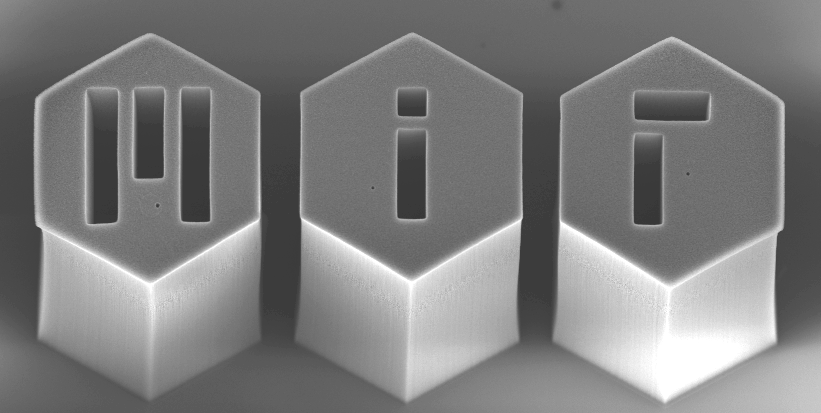P.J. Willoughby, A.J. Hart, A.H. Slocum. SME J. Manufacturing Systems 24:108-121, 2005. [http://dx.doi.org/10.1016/S0278-6125(05)80011-1]
[PDF ]
While kinematic couplings are frequently used as components of repeatable interfaces in ideal environments, their use in heavily loaded industrial interfaces is less frequent, as previous studies have validated couplings mostly under modest loads and controlled environmental conditions. On the other hand, the performance of heavily loaded industrial equipment, such as robots used in automotive production, could benefit from highly repeatable interfaces for assembly and replacement of modules. A series of tests was conducted to assess the industrial repeatability performance of large kinematic couplings on an ABB 6400R industrial robot. The interfaces for two of the more frequently detached interfaces-the robot base to the factory floor interface and the robot wrist interface-were tested. For both interfaces, replacements for the existing pin joint interfaces were designed using two forms of kinematic couplings-a three-pin coupling and a canoe-ball coupling. During industrial testing, measurements were taken for each coupling form on the base and wrist interfaces. Both laboratory and industrial experiments demonstrated that the installation procedure is almost as important as the form of coupling itself and that properly mounted kinematic couplings can improve the repeatability of machine interfaces by up to 90%. Laboratory measurements provided best-case canoeball coupling repeatability on the order of 0.1 Nm and threepin coupling repeatability of 1 ?m. In industrial trials, the canoe-ball coupling repeatability was 0.05 mm for the wrist interface and 0.10 mm for the base interface. The three-pin coupling was capable of 0.11 mm repeatability for the base interface, and limited testing for the wrist interface indicates possible 0.08 mm repeatability.
Disclaimer: The PDF document on this webpage is provided for educational and personal purposes alone and is subject to copyrights of the publisher.

